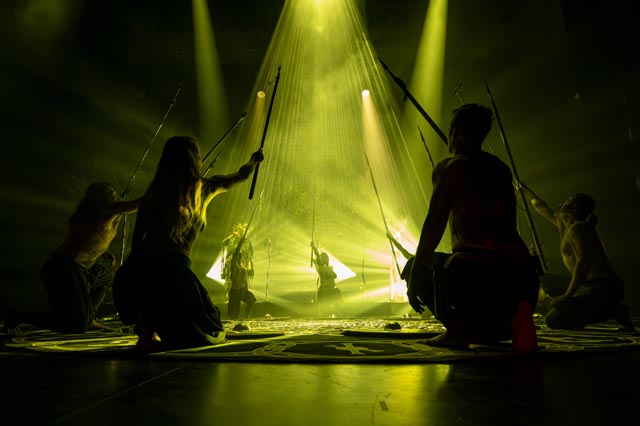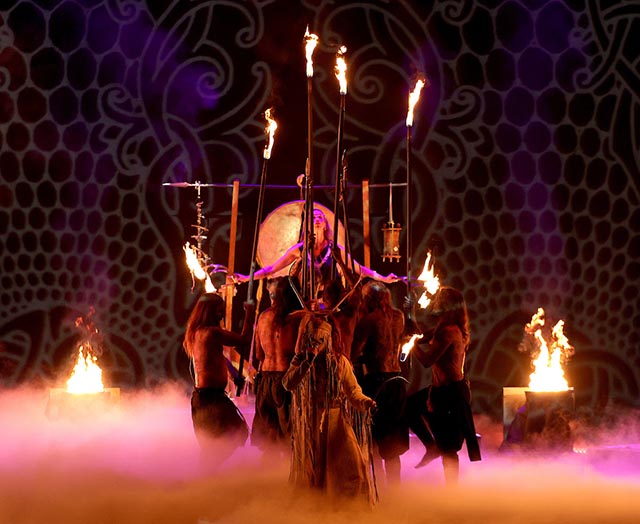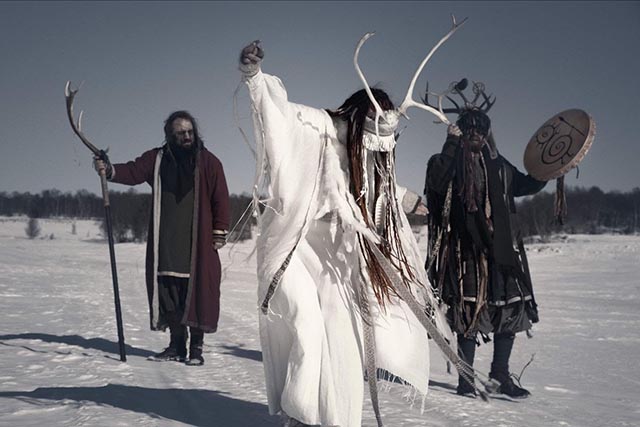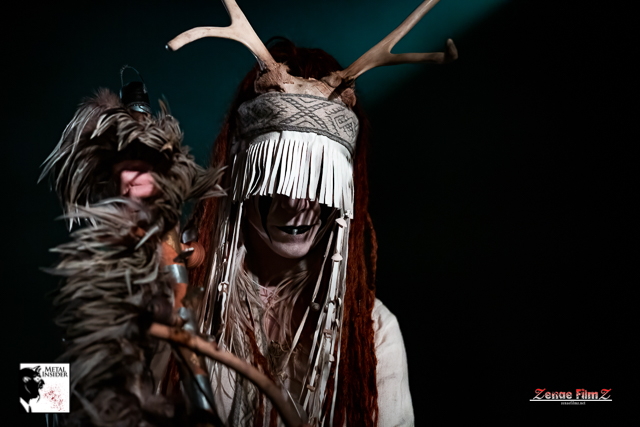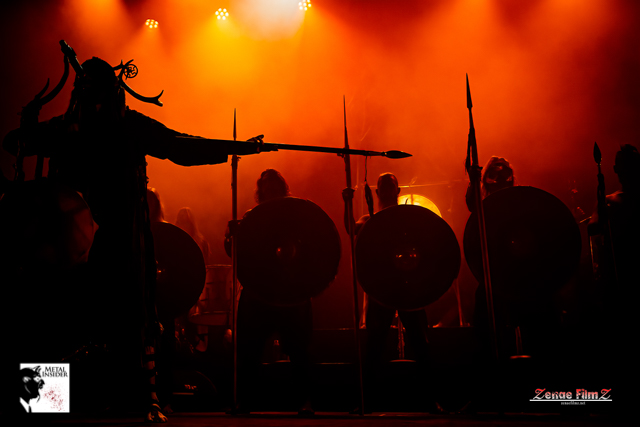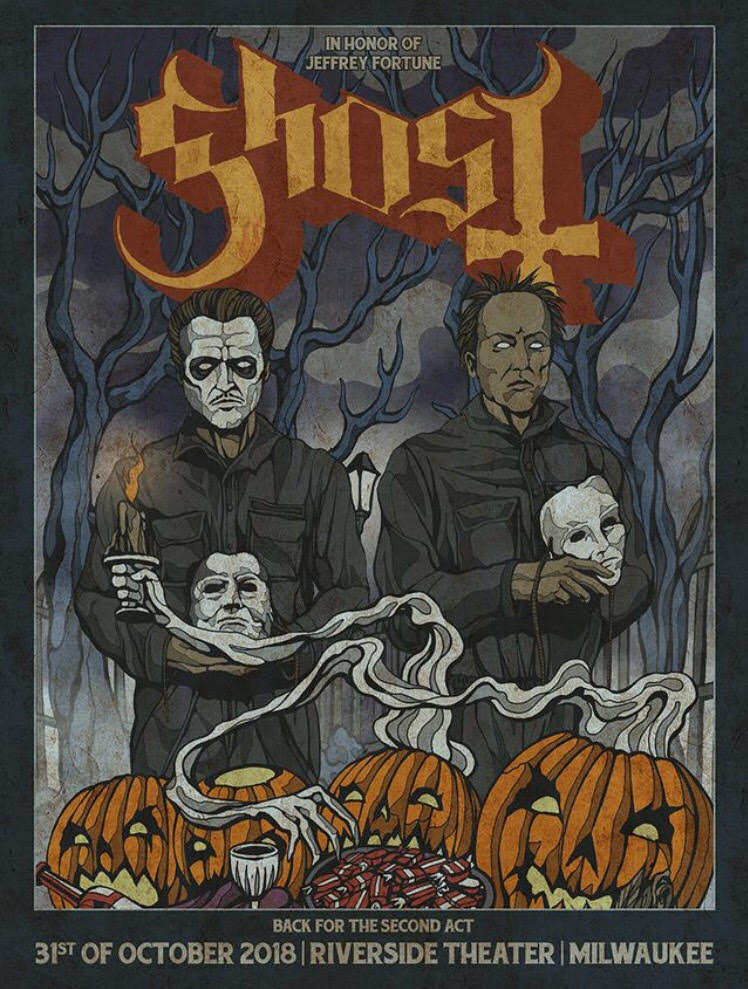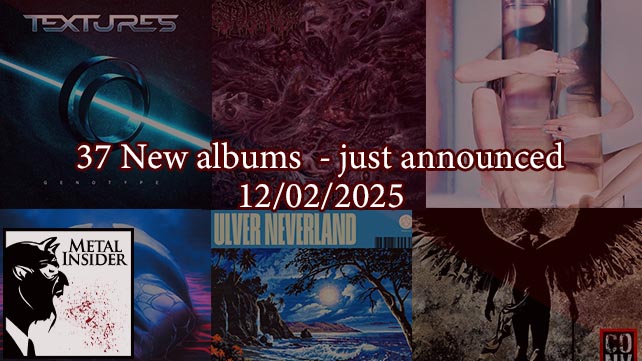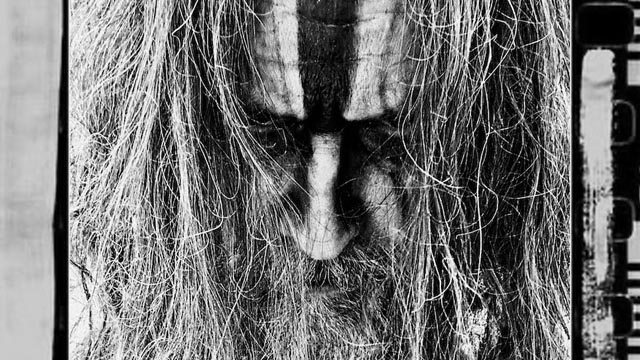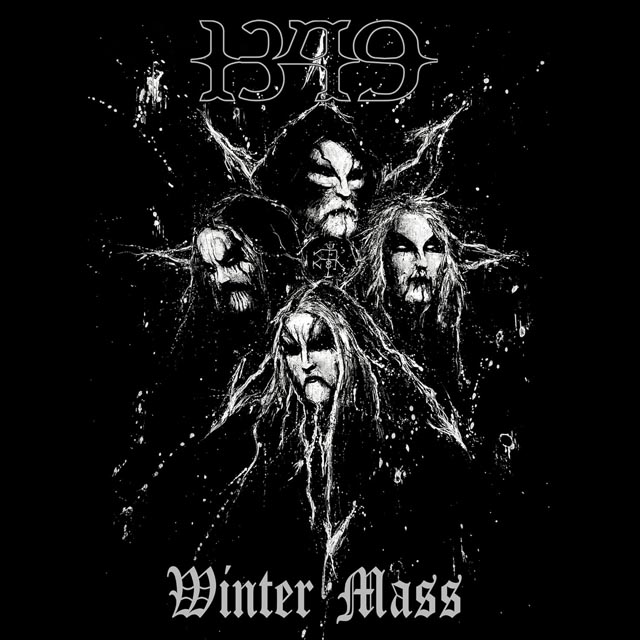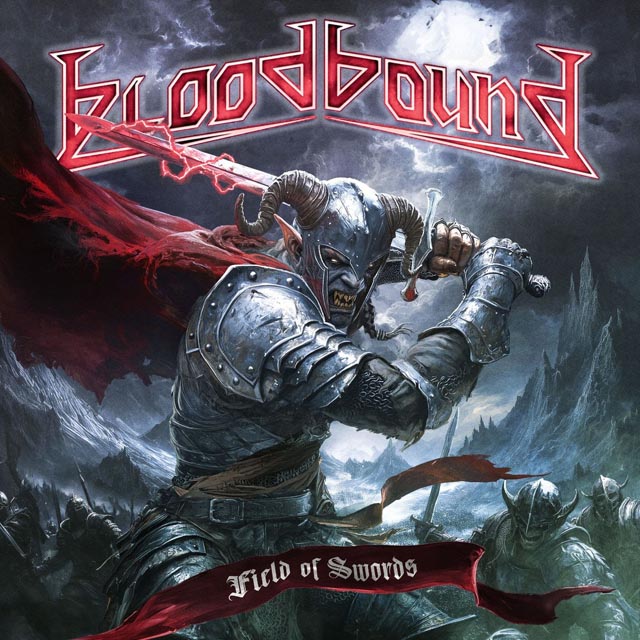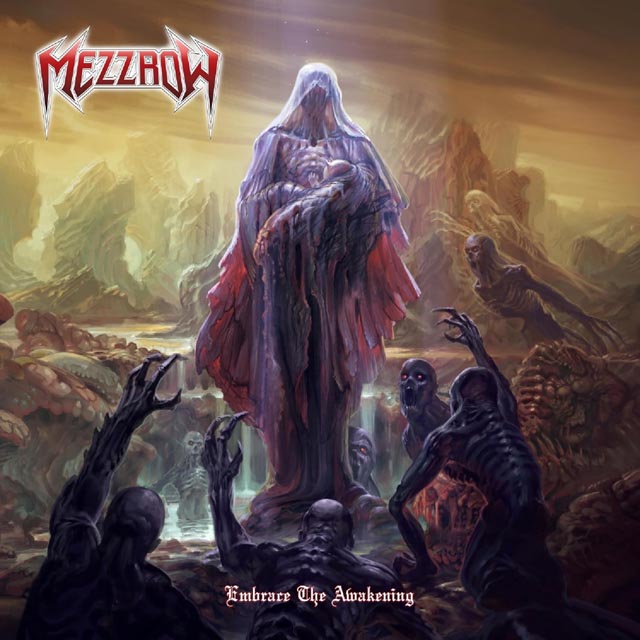On Saturday, April 20, 2024, Heilung brought their ritual to Wisconsin for the first time. The sold-out show at Riverside Theater in downtown Milwaukee brought fans from all over the region together to share in the moving experience of Heilung’s amplified history.
At the start of the show, the venue is mainly hushed in reverence for the opening ritual, a smudging ceremony in which frontman Kai Uwe Faust walks the cardinal directions of the stage mat, wafting smoke around the stage and in front of the crowd. The only sounds are an ambient nature sound backing track and the intermittent coyote howls from the crowd, setting the stage for a deep, connecting experience within the venue. At the end of the ritual, the crowd joined in repeating the callback phrases of the final chant.
Remember, that we all are brothers
All people, beasts, trees and stone and wind
We all descend from the one great being
That was always there
Before people lived and named it
Before the first seed sprouted
After a bit of shouting, cheering, and howling from the crowd, the collective launched into their first song, “In Maidjan,” which starts with a fast chant over a pounding drum beat, crescendos to a loud vocal aria by Maria Franz, and then closes on a softer melodic section that fades back into a short closing prayer. This serves as a great overview of what to expect at the ritual, showing the many musicians and dancers on stage, while still leaving more to come.
The band creates music using influences from a variety of cultures. While the primary influence is Germanic, focusing on runes and inscriptions from Nordic and Germanic texts in the Iron and Viking Ages, they also have sounds and instruments influenced by Mongolian throat singing, Hindu rituals, and Māori haka. Heilung uses a wide range of traditional instruments consistent with the materials available in the Iron Age, such as horse-skin drums, clay rattles, and bones. While most of the instruments are made of wood or animal bones and hides, some also include human elements, such as human blood used as paint, ashes used in a rattle, or human bones. In addition to the traditional instruments, the group’s cultural influences are seen in their garb, which is inspired by traditional clothing worn by Eurasian Artic peoples, and the naturescape created by the stage décor of painted flags, branches, and traditional bells.
The two-hour set was well-balanced between their three albums. They played some notable favorites like “Krigsgaldr,” “Svanrand,” and “Anoana,” as well as some lesser-known songs such as “Hammer Hippyer.” Throughout the set, the audience was fully engaged with the experience, letting loose clapping, cheers, shouts, bird calls, and howling as it felt appropriate during the show.
Overall, the set was evocative and moving; rhythmic drum beats centered the performance as the combination of Faust’s low-throat singing and chants was balanced by Franz’s higher melodic vocal calls. The primal nature of both the music and the dancing onstage created a potent and mesmerizing show that created an atmosphere of deep connection across the packed venue. While a lot of the set felt slower and more emotional, the final song, “Hamrer Hippyer,” included a fast-paced dance that had the performers moving across the stage, wrestling, and even surfing around the front of the crowd before returning to the stage for the closing ceremony. Bringing things back into a focused center, Faust once again moved across the stage, bathing the cardinal directions, the performers, and the front of the audience in a gentle smoke bath before the crew took their bows and exited for the night.
Heilung
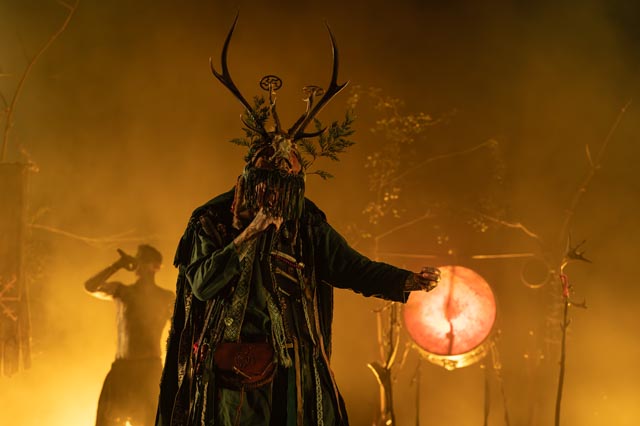
Photo Credit: Mar Morannon
Heilung’s performance on Saturday (20th) was the fourth of five show dates as part of their arvel for Nu Vinland tour, translating to“Farewell for Now”in Old Norse.On Tuesday (23rd), the collective will bid adieu to the U.S. at Red Rocks a place we were lucky to cover their first appearance at the iconic venue in 2021.

